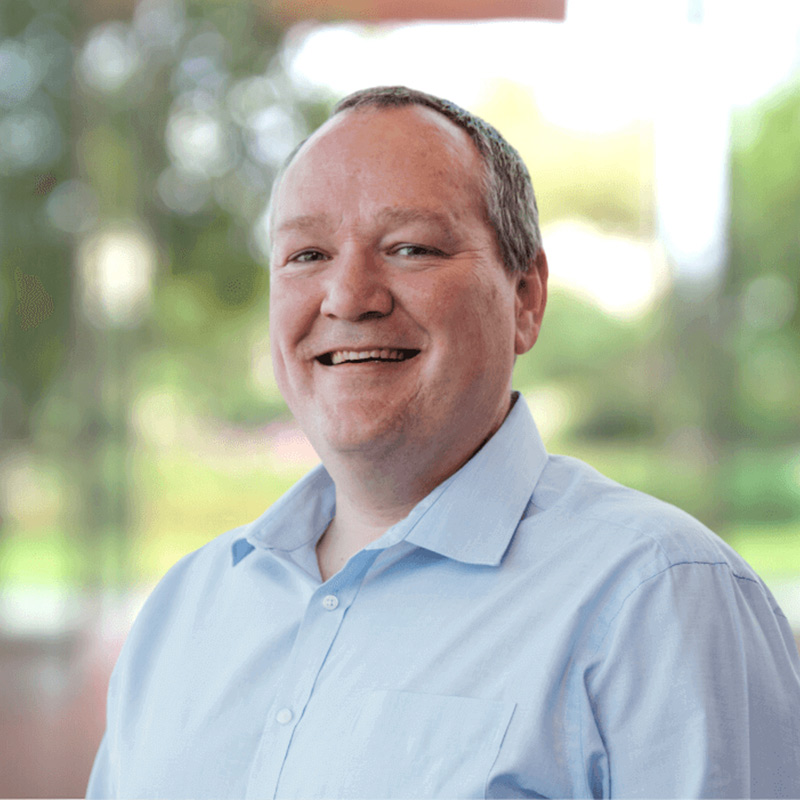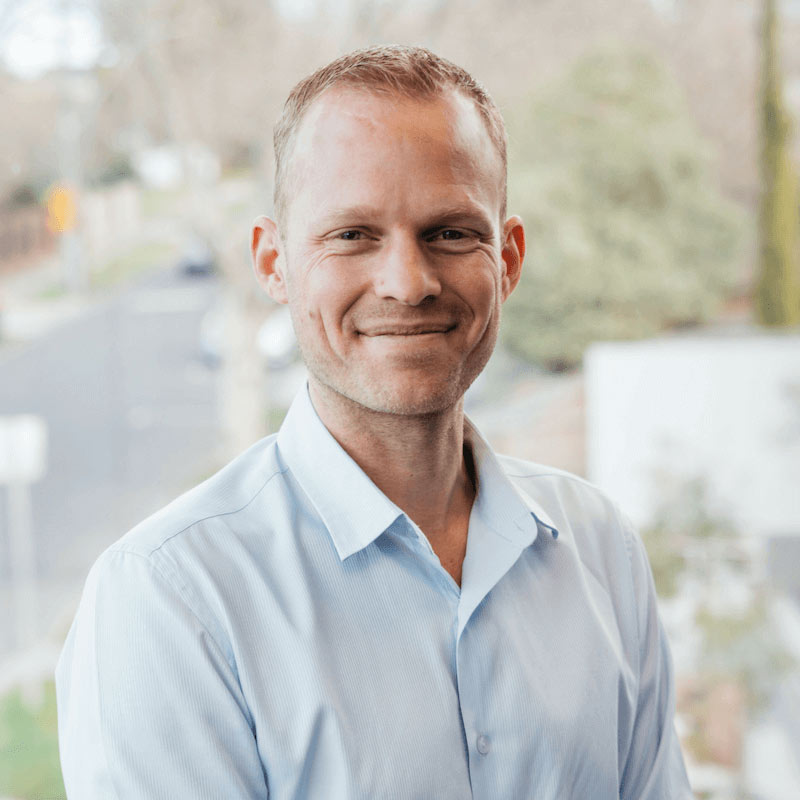Description
Overview
This self-paced online course is open to healthcare professionals. Upon completion of the course they can expect to know the following:
- The technical and neurophysiological theory of Auditory training
- Understanding auditory assessments for personalized training protocols
- Auditory Processing Disorder and its comorbidities
- The anatomy, physiology, and assessment of auditory processing skills
- Applocation of Auditory Training through real-world case studies
With 5 structured lessons, including video presentations and accompanying learning materials, this course gives you insights into how to apply Auditory Training effectively in your practice. Upon completion, receive an “Auditory Training Program – History, Theory & Application” Certificate,
Expected Time Commitment: 4 hours
Registration is valid for 6 months. Access to the course is only open to healthcare professionals.
Further Information
Participants will receive “Auditory Training Program – History, Theory & Application” Certificate upon successful completion of all lessons in this course. An 80% pass of each test is required to advance to the next lesson.
The test can be repeated as many times as needed. Each lesson includes a recorded video presentation and accompanying learning materials. The course is designed as lessons to be completed in sequence. You will need to watch the presentation in full to complete the course.
This course must be completed within 6 months, to maintain consistency of study, and ensure understanding of course material.
All content remains the property of neurocare group and should not be copied or reproduced. Please read our Terms of use








